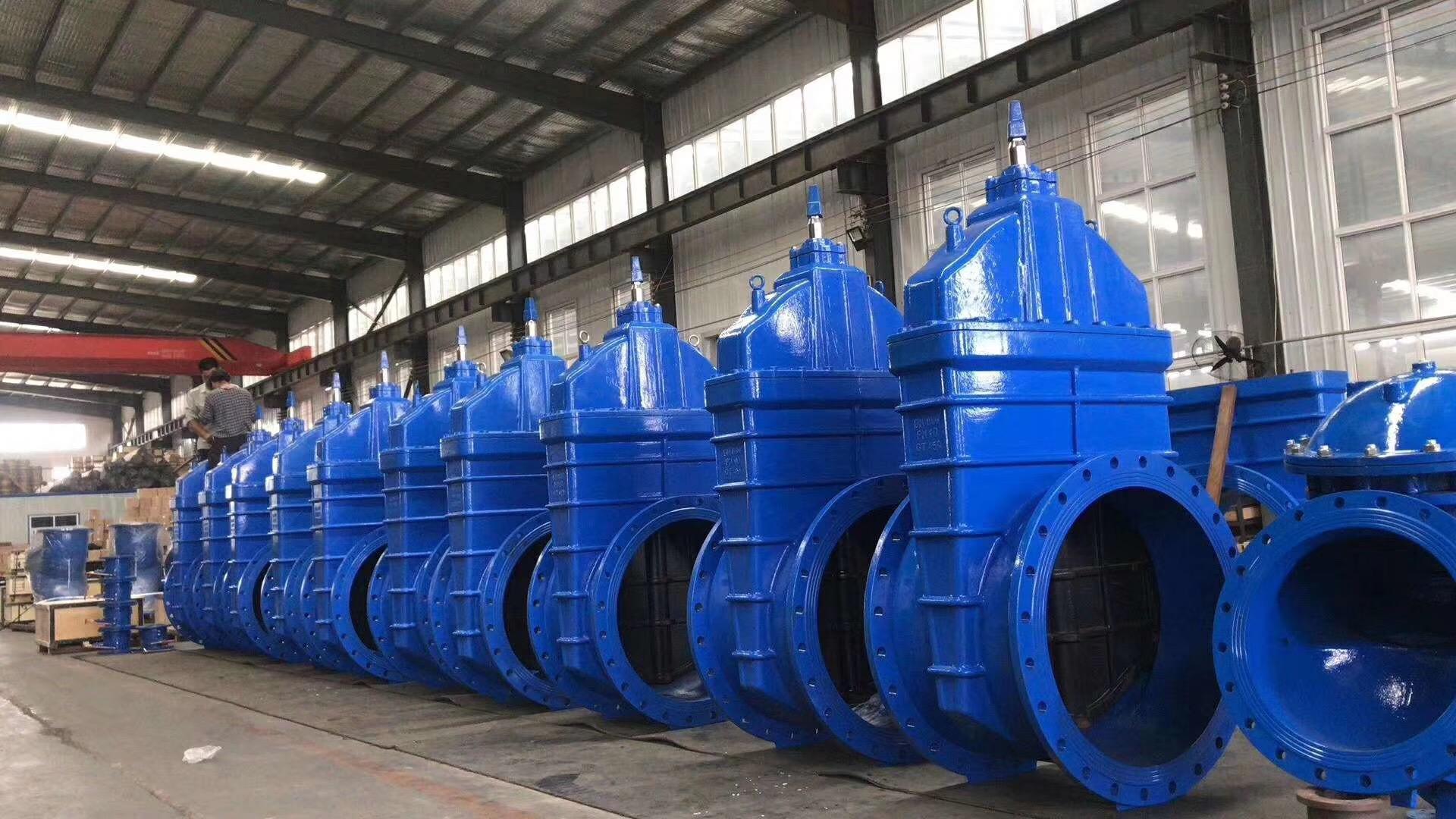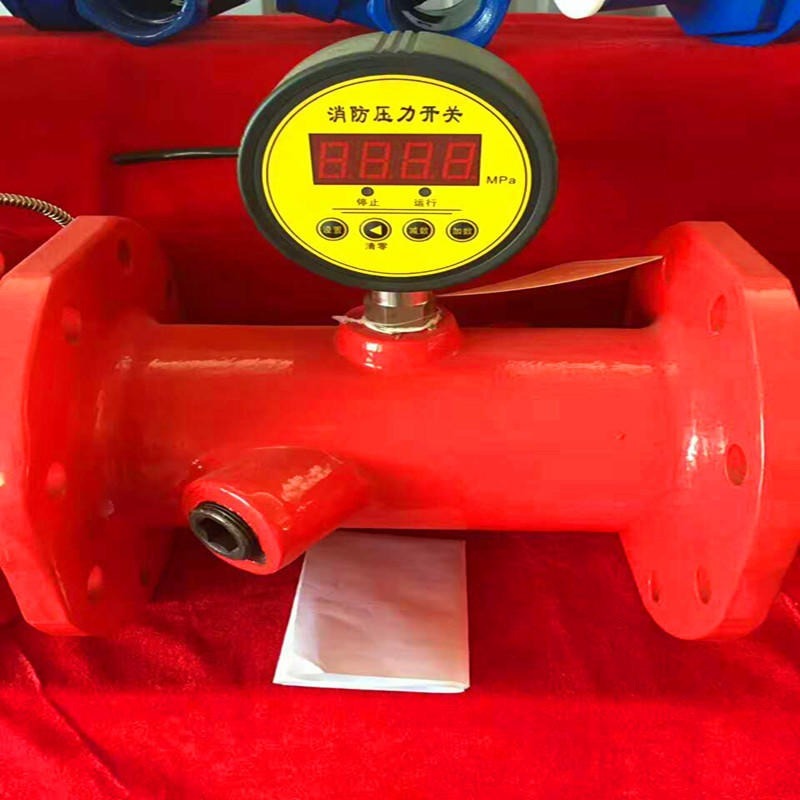Soft seal gate valve
2024-11-18

The gate of a rising stem gate valve is a gate plate. The direction of movement of the gate plate is perpendicular to the direction of the fluid. The gate valve can only be fully opened or fully closed, and cannot be used for adjustment or throttling. The gate plate has two sealing surfaces. The two sealing surfaces of the parallel gate valve form a wedge shape, and the wedge angle varies with the valve parameters, usually 50, and 2°52'''' when the medium temperature is not high. The gate plate of a wedge gate valve can be made into a whole, called a rigid gate plate; it can also be made into a gate plate that can produce a small amount of deformation to improve its processability, compensate for the deviation of the sealing surface angle during processing, and this gate plate is called an elastic gate plate.
Introduction
Rising stem gate valves are also called rotating stem gate valves (also called rising stem wedge gate valves). The valve stem nut is located on the gate plate. The hand wheel rotates to drive the valve stem to rotate, causing the gate plate to rise. There is usually a trapezoidal thread at the bottom of the valve stem. Through the thread at the bottom of the valve and the guide groove on the valve flap, the rotary motion is converted into linear motion, that is, the operating torque is converted into operating thrust. When opening the valve, when the gate plate lifting height is equal to 1:1 times the valve diameter, the fluid passage is unobstructed, but this position cannot be monitored during operation. In actual use, the apex of the valve stem is used as a mark, and the position where it cannot be opened is used as its fully open position. In order to consider the phenomenon of locking caused by temperature changes, it is usually turned back 1/2~1 circle at the apex position, which is used as the fully open position of the valve. Therefore, the fully open position of the valve is determined by the position (i.e., stroke) of the gate plate.
General Requirements
1.1 The specifications and categories of rising stem gate valves shall comply with the requirements of the pipeline design documents.
1.2 The model of the rising stem gate valve shall indicate the required national standard number. If it is an enterprise standard, the relevant description of the model shall be indicated.
1.3 The working pressure of the rising stem gate valve is required to be ≥ the working pressure of the pipeline. Without affecting the price, the working pressure that the valve can withstand should be greater than the actual working pressure of the pipeline; any side of the elastic seat gate valve in the closed state should be able to withstand 1.1 times the valve working pressure value without leakage; in the open state of the valve, the valve body should be able to withstand twice the valve working pressure.
1.4 The manufacturing standard of the rising stem gate valve shall indicate the national standard number. If it is an enterprise standard, the enterprise document shall be attached to the purchase contract.
Standard Quality
2.1 The valve body material should mainly be ductile iron, cast steel, stainless steel, and 316L, and the grade and actual physical and chemical test data of cast iron should be indicated.
2.2 The valve stem material should be stainless steel valve stem (2CR13), and large-diameter valves should also be stainless steel-embedded valve stems.
2.3 The nut material uses cast aluminum brass or cast aluminum bronze, and its hardness and strength are both greater than the valve stem.
2.4 The valve stem bushing material has hardness and strength no greater than the valve stem, and does not form electrochemical corrosion with the valve stem and valve body under water immersion conditions.
2.5 Sealing surface material
①The types of elastic seat gate valves are different, and the sealing methods and material requirements are also different;
②For ordinary wedge gate valves, the material, fixing method, and grinding method of the copper ring should be specified;
③For soft seal gate valves, the physical and chemical and hygiene test data of the valve plate lining material;
2.6 Valve stem packing
①Since the elastic seat gate valves in the pipe network are usually not frequently opened and closed, the packing is required not to move for several years, the packing does not age, and the sealing effect is maintained for a long time;
②The valve stem packing should also have good sealing effect when subjected to frequent opening and closing;
③In view of the above requirements, the valve stem packing should ideally never need to be replaced or replaced for more than ten years; ④If the packing needs to be replaced, the pneumatic valve design should consider measures that can be replaced under water pressure conditions.
Contact Us
Email:
Tel/WeChat:
Address:
Chenggong Development Zone, Ximei Street, Nan'an City, Quanzhou City, Fujian Province









